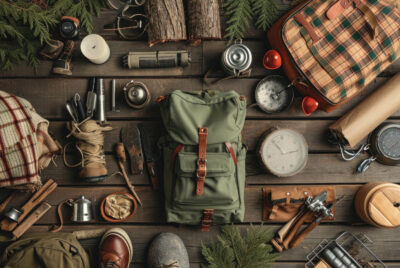Best Sleeping Bag Options
We’ve all been there – tossing and turning in a cold, uncomfortable sleeping bag, wondering how anyone could possibly enjoy camping like this. Choosing the right sleeping bag isn’t just about comfort – it’s about making or breaking your entire outdoor experience. In this guide, we’ll explore everything you need to know about finding the best sleeping bags for your specific needs, whether you’re a weekend warrior or a seasoned mountaineer.
Why Your Choice of Sleeping Bag Matters
Picture this: You’re nestled in your tent after a long day of hiking, the gentle sounds of nature surrounding you. The difference between peaceful slumber and a sleepless night often comes down to one crucial piece of gear – your sleeping bag. The best sleeping bags don’t just keep you warm; they provide the comfort and security you need to wake up refreshed and ready for your next adventure.
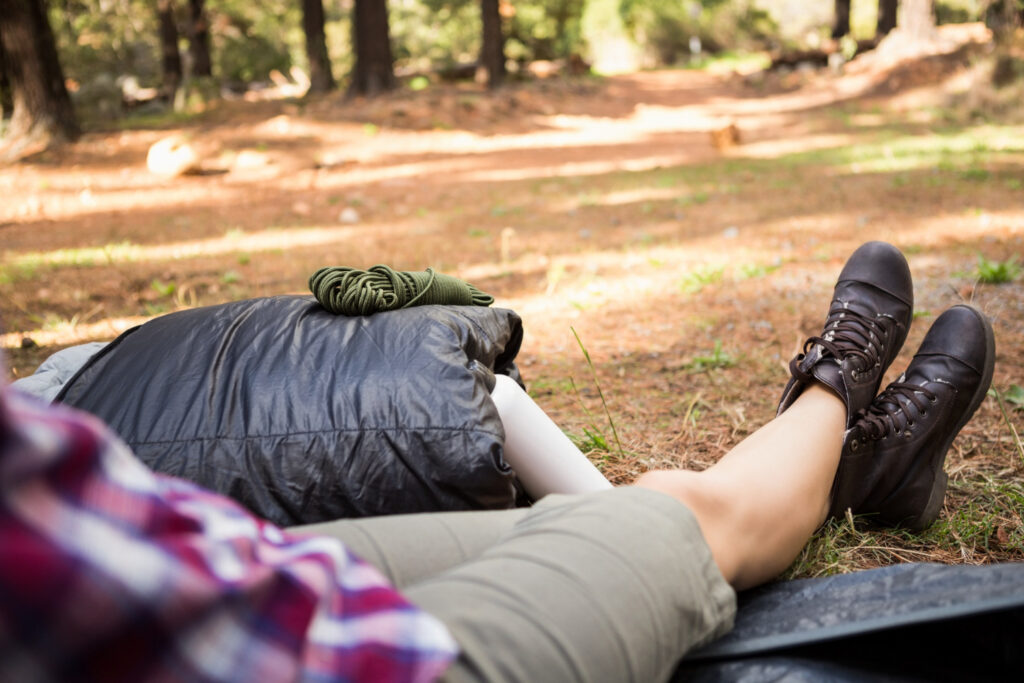
Understanding Sleeping Bag Temperature Ratings: More Than Just Numbers
Before diving into specific recommendations for the best sleeping bags, let’s decode those mysterious temperature ratings that often leave shoppers scratching their heads.
Comfort Rating
Think of this as your “sweet spot” temperature. It’s the temperature at which an average person can sleep comfortably through the night without feeling cold. For most of us, this is the number we should focus on when choosing a sleeping bag.
Lower Limit Rating
Consider this your survival temperature – you’ll stay alive, but you might not be particularly comfortable. It’s like wearing a light jacket when you really need a winter coat. While you’ll survive, you probably won’t get the best night’s sleep.
Extreme Rating
This is the absolute minimum temperature your sleeping bag can handle before risking hypothermia. It’s not a number you want to test – think of it as your emergency threshold rather than a comfort guideline.
Pro tip: When searching for the best sleeping bags, always choose one with a comfort rating about 10°F lower than the coldest temperature you expect to encounter. Better to have a little extra warmth than not enough!
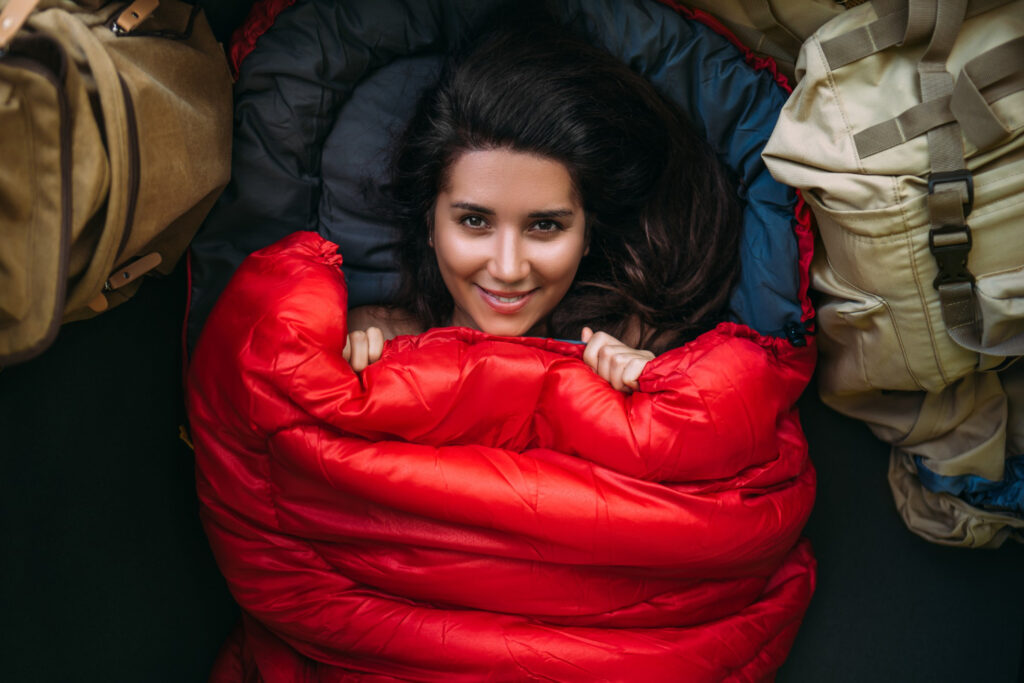
Different Types of Sleeping Bags for Different Adventures
Rectangular Sleeping Bags: Space and Comfort
Perfect for: Car camping, family campgrounds, warm weather camping
Pros:
- Plenty of room to move around
- Can be unzipped completely to use as a blanket
- Often more affordable than technical bags
Cons: - Bulkier and heavier than other options
- Less efficient at retaining heat
- Not ideal for backpacking
Mummy Sleeping Bags: The Warmth Champions
Perfect for: Backpacking, cold weather camping, alpine adventures
Pros:
- Superior heat retention
- Lighter weight and more packable
- Often feature advanced technical materials
Cons: - More restrictive movement
- Can feel claustrophobic for some sleepers
- Usually more expensive
Semi-Rectangular Sleeping Bags: The Happy Medium
Perfect for: Three-season camping, versatile use
Pros:
- Balance between warmth and space
- More comfortable than mummy bags
- Still relatively packable
Cons: - Not as warm as mummy bags
- Heavier than pure technical bags
- May be overkill for summer camping
Double Sleeping Bags: Camping for Two
Perfect for: Couples, family camping
Pros:
- Shared warmth and comfort
- Great for romantic camping trips
- Can often be separated into individual bags
Cons: - Heavy and bulky
- Not practical for backpacking
- Can be drafty if not fully occupied
Quilt Sleeping Bags: The Ultralight Option
Perfect for: Ultralight backpacking, summer camping
Pros:
- Extremely lightweight
- Highly versatile
- Great ventilation options
Cons: - Less protective in cold weather
- Requires more skill to use effectively
- Not ideal for restless sleepers
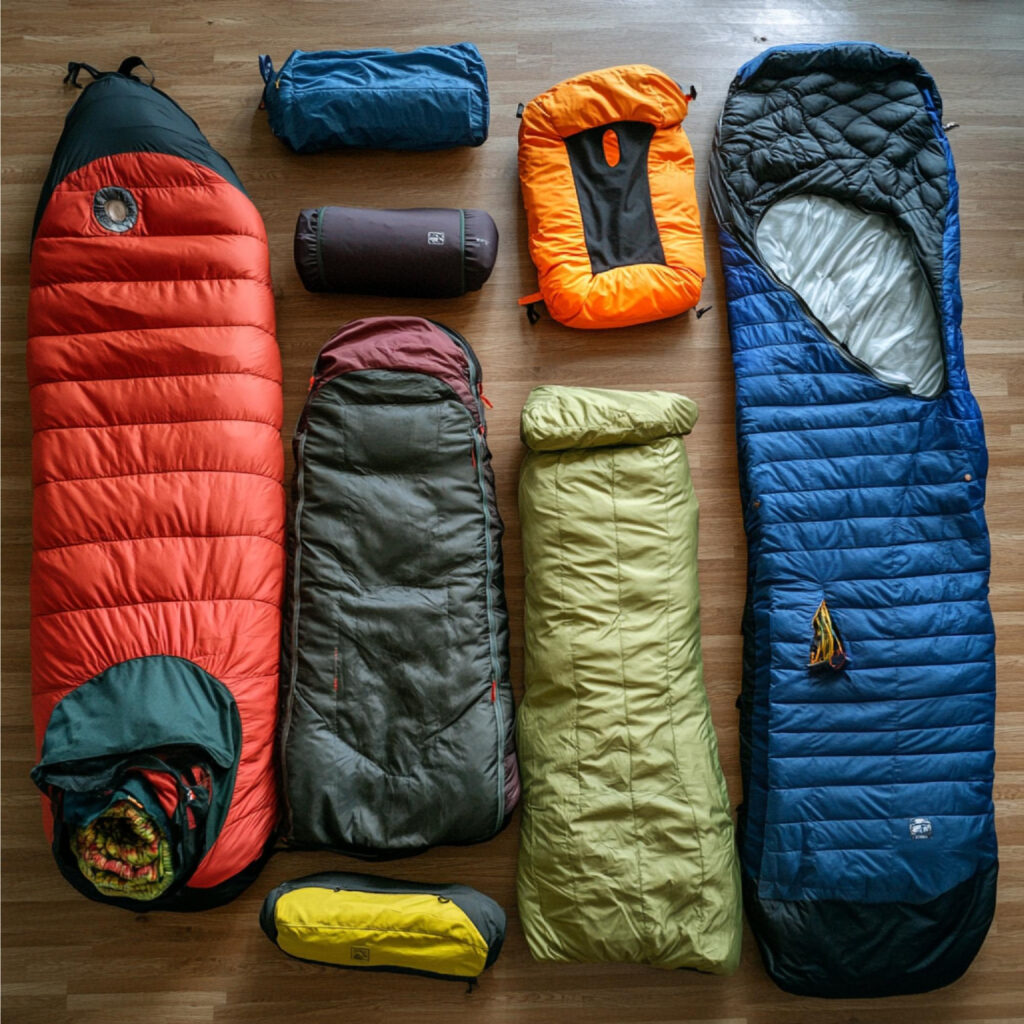
The Great Debate: Synthetic vs. Down Insulation
Synthetic Insulation: The Practical Choice
Advantages:
- Maintains warmth when wet
- Usually more affordable
- Easier to clean and maintain
- Good for allergies
- More environmentally friendly
Disadvantages:
- Heavier than down
- Less compressible
- Shorter lifespan
- Not as warm for the weight
Down Insulation: The Premium Option
Advantages:
- Exceptional warmth-to-weight ratio
- Highly compressible
- Longer lifespan
- Better for cold, dry conditions
- More comfortable in a wider range of temperatures
Disadvantages:
- Loses insulation when wet
- More expensive
- Requires more careful maintenance
- Not suitable for those with allergies
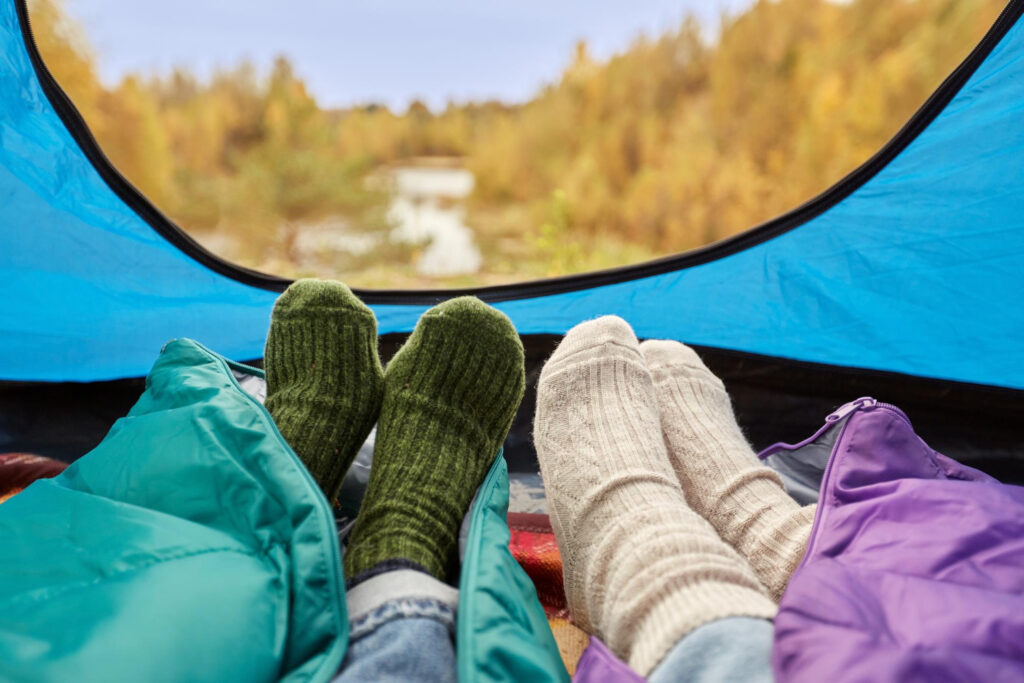
Seasonal Guide to the Best Sleeping Bags
Summer Sleeping Bags (32°F/0°C and higher)
- Lightweight construction
- Focus on ventilation
- Often convertible to quilts
- Perfect for warm weather camping and backpacking
Three-Season Sleeping Bags (20°F/-7°C to 32°F/0°C)
- Most versatile option
- Balance of warmth and weight
- Suitable for spring through fall
- Good choice for most recreational campers
Winter Sleeping Bags (20°F/-7°C and lower)
- Maximum insulation
- Advanced features like draft tubes and collars
- Often include integrated hoods
- Essential for winter camping and mountaineering
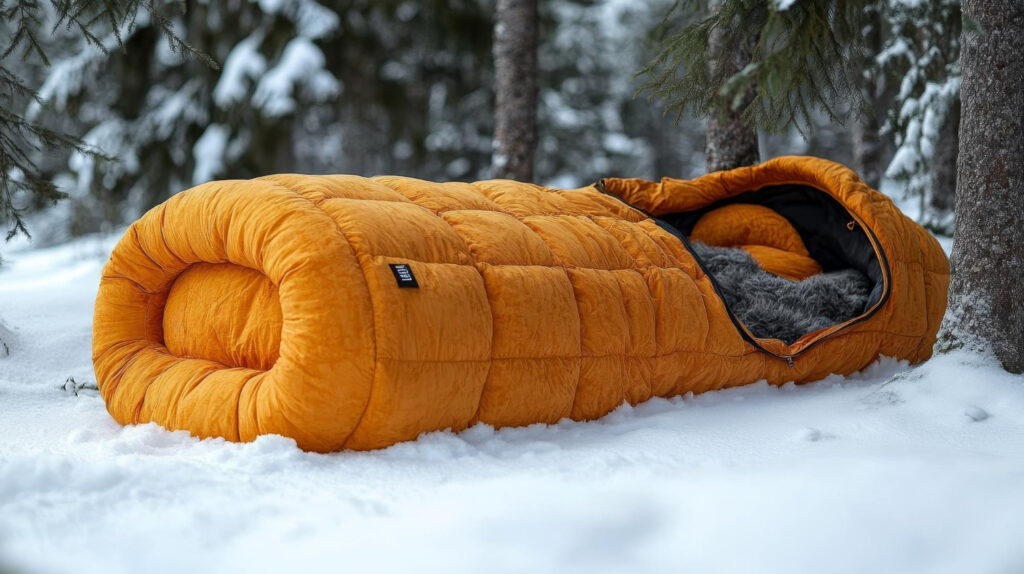
Essential Features in the Best Sleeping Bags
Construction Quality
- Look for reinforced stitching
- Check for even insulation distribution
- Examine zipper quality and draft tubes
- Assess shell material durability
Comfort Features
- Draft collars prevent heat escape
- Hood design for head warmth
- Inner pocket for essentials
- Zipper design and placement
Practical Considerations
- Weight and packed size
- Ease of cleaning
- Storage requirements
- Versatility for different conditions
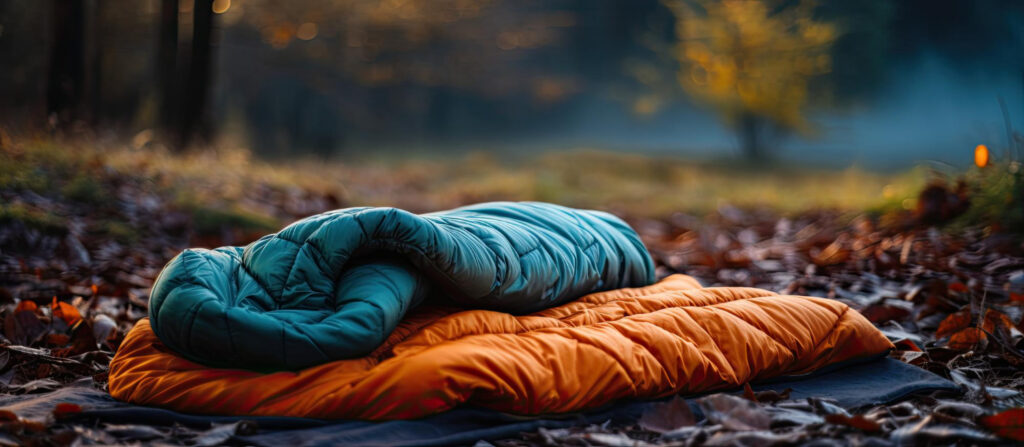
Caring for Your Investment
The best sleeping bags aren’t cheap, so proper care is essential for longevity:
Storage
- Never store compressed
- Use large storage sacks
- Keep in a cool, dry place
- Avoid direct sunlight
Cleaning
- Follow manufacturer guidelines
- Use appropriate cleaning products
- Air dry completely
- Clean before long-term storage
Maintenance
- Repair small tears immediately
- Regularly check zippers
- Store unpacked
- Air out after each use
Making Your Final Decision
When choosing among the best sleeping bags, consider these factors:
Primary Use
- What type of camping will you do most?
- What seasons will you camp in?
- How often will you use the bag?
Personal Preferences
- Are you a cold or warm sleeper?
- Do you prefer more or less space?
- What’s your budget?
Technical Requirements
- What temperatures will you encounter?
- How far will you need to carry it?
- What weather conditions will you face?
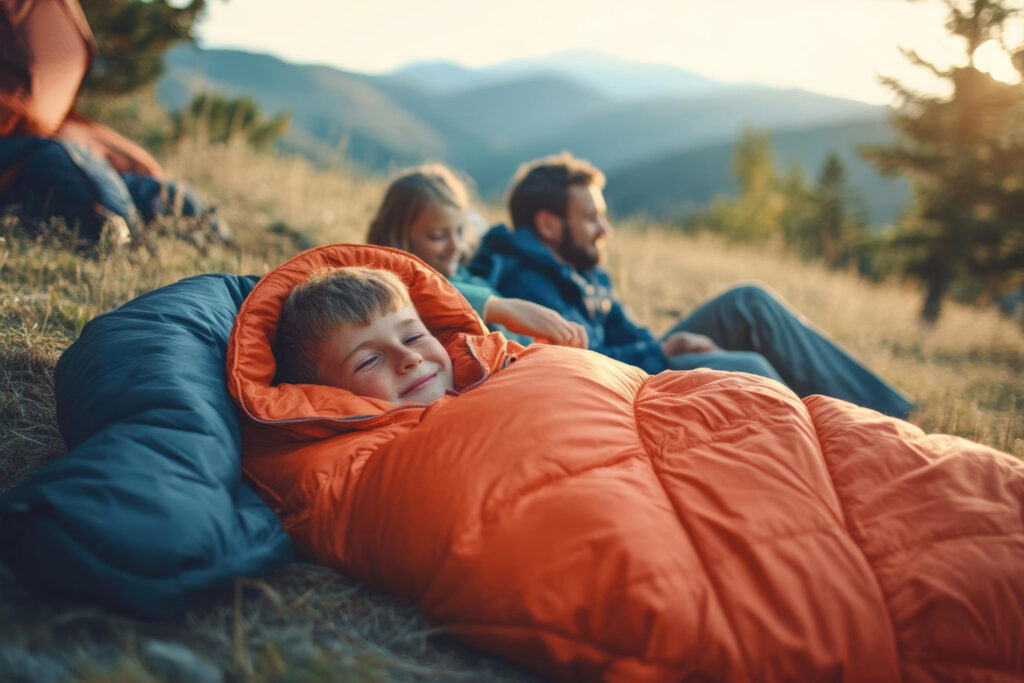
Investing in Your Outdoor Comfort
Choosing from among the best sleeping bags doesn’t have to be overwhelming. Focus on your specific needs, consider the conditions you’ll face, and don’t be afraid to invest in quality. Remember, a good night’s sleep in the outdoors is priceless, and the right sleeping bag is your ticket to countless comfortable adventures under the stars.
Whether you’re planning your first camping trip or upgrading your existing gear, use this guide to find the perfect sleeping bag for your outdoor adventures. After all, when you’re comfortable and well-rested, you’re free to focus on what really matters – making memories in the great outdoors.
Quick Tips for Buying the Best Sleeping Bags
- Always try before you buy if possible
- Check real user reviews for long-term performance
- Consider renting first for occasional use
- Look for sales in off-season periods
- Don’t forget to factor in additional costs like storage sacks and liners
- Consider the weight if you’ll be carrying it long distances
- Think about future use and potential temperature ranges you might encounter
Remember, the best sleeping bags are the ones that match your specific needs and keep you comfortable in your intended camping conditions. Happy camping, and sweet dreams under the stars!


